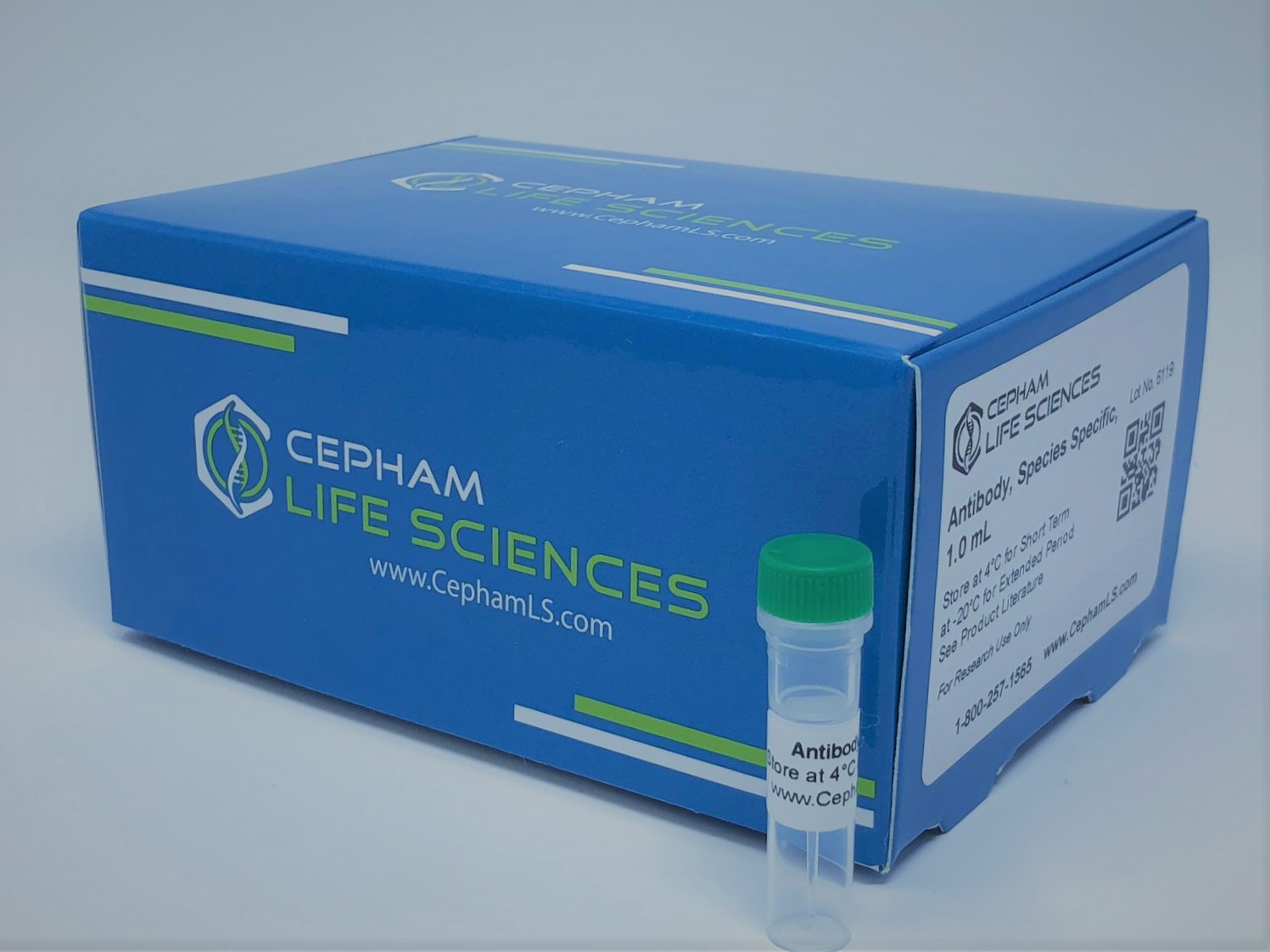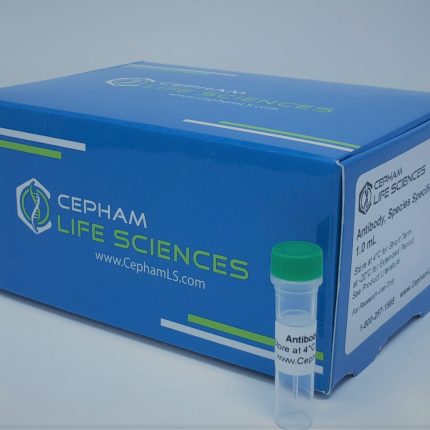Aliases
hPER2; KIAA0347; Period circadian protein 2
Antibody Type
Polyclonal Antibody
Uniprot ID
Swiss-Prot#:O15055;
NCBI Gene#:8864
Immunogen
Peptide sequence around phosphorylation site of serine 662 (A-E-S(p)-V-A) derived from Human Period Circadian Protein 2.
Raised In
Rabbit
Species Reactivity
Human Mouse
Tested Applications
WB IHC Recommended dilution: Western blotting: 1:500~1:3000, Immunohistochemistry: 1:50~1:100,
Background / Function
Transcriptional repressor which forms a core component of the circadian clock. The circadian clock, an internal time-keeping system, regulates various physiological processes through the generation of approximately 24 hour circadian rhythms in gene expression, which are translated into rhythms in metabolism and behavior. It is derived from the Latin roots ‘circa’ (about) and ‘diem’ (day) and acts as an important regulator of a wide array of physiological functions including metabolism, sleep, body temperature, blood pressure, endocrine, immune, cardiovascular, and renal function. Consists of two major components: the central clock, residing in the suprachiasmatic nucleus (SCN) of the brain, and the peripheral clocks that are present in nearly every tissue and organ system. Both the central and peripheral clocks can be reset by environmental cues, also known as Zeitgebers (German for ‘timegivers’).
Conjugate
Unconjugated
Storage Buffer
Rabbit IgG in phosphate buffered saline (without Mg2+ and Ca2+), pH 7.4, 150mM NaCl, 0.02% sodium azide and 50% glycerol.
Form
liquid
Storage
Shipped at 4°C. Upon delivery aliquot and store at -20°C or -80°C. Avoid repeated freeze.
Purity
Antibodies were produced by immunizing rabbits with synthetic phosphopeptide and KLH conjugates. Antibodies were purified by affinity-chromatography using epitope-specific phosphopeptide. Non-phospho specific antibodies were removed by chromatogramphy using non-phosphopeptide.
Modification
Phospho-Ser662







